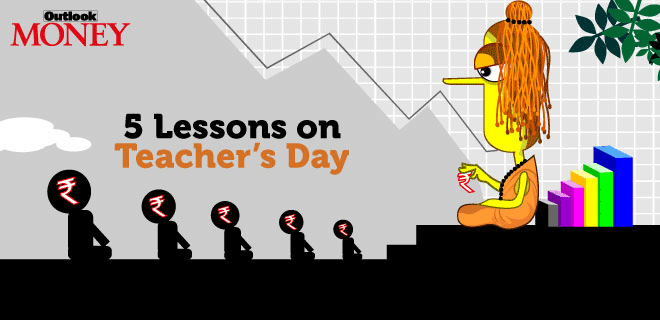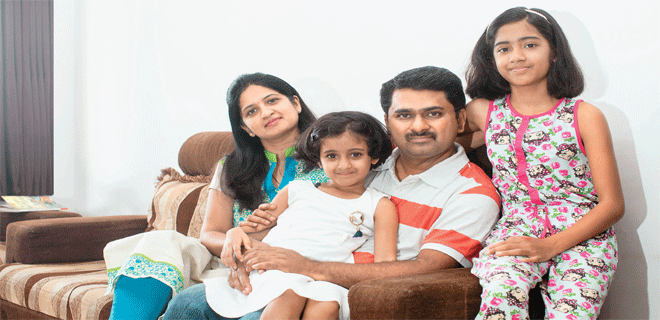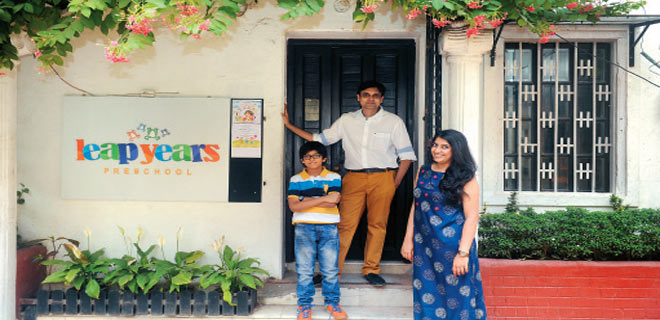Demonetisation: A rural India that is living digitally
Contrary to popular belief, rural India is quickly adapting to the digital way of life
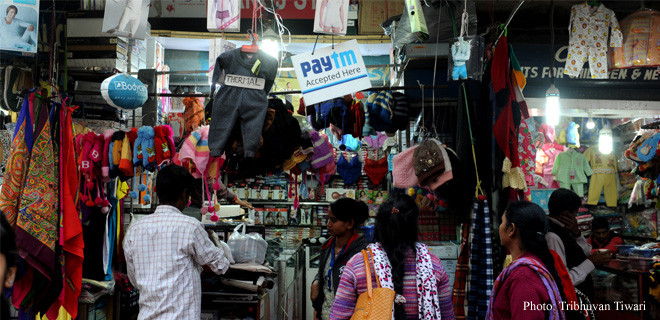
Last week I set out for Kasol by bus fully aware of the on-going cash crunch. The trip was on a whim and taken with friends who were all willing to give it a shot and feel the real India. To ensure safety, I muscled up Rs 6,000 in cash which were all in Rs 100 and Rs 500 denomination, just in case we got stranded. With great trepidation at our first halt at 3 in the morning we headed to a crowded dhaba for a cuppa to warm ourselves. The much needed drink woke me up and I could feel the high altitude fresh air.
As I was fishing for money from my purse, the waiter told me I could transfer money through Paytm or use the mPesa service of Vodafone. I was first stumped by his cool and confident attitude to accept digital money; so I transferred the Rs 150 bill that we ran up. Welcome to the real digital India. From then on, over the next two days I was surprised at every encounter I had when it came to pay money to find ready takers of digital money. We stayed at a hotel that accepted digital money transfer, which meant further protection of the crisp notes I was carrying.
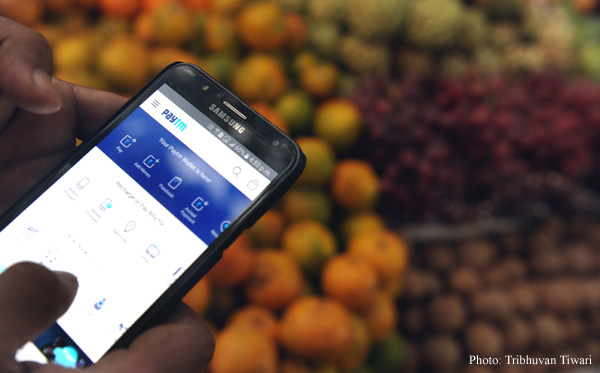
But to get a whiff of how bank branches and ATMs were functioning, I asked the cab I was booked on to go around the ATMs. He found it rather amusing when I hinted at their lives being hit badly with the cash crunch. "Our life is easy here in villages. Shopkeepers would sell us thing on credit even for a month. Everyone is trustworthy unlike the bustling cities," he mouthed. I was instantly reminded of my grandmother who would always talk about the easy days of credit and trust in the village and how the big city was a pain in comparison.
My next halt was at the local market in Tosh, which is a good 25km from Kasol. This time the cab driver wanted cash, so, I was apprehensive to pass the Rs 1,400 fare with my two new Rs 500 notes and four Rs 100 notes. The cab driver instantly offered me a discount of Rs 200. I thought it was my innocent looks, but it was more to do with the new Rs 500 note, which was yet to make way into this part of the country.
The remaining time over the weekend break had many other instances when I encountered shopkeepers – small and big, who were willing to take money transfer through cards and apps. All the city-bred notion of finding it tough to manage in smaller towns without cash was a myth that got busted over the weekend. When I got back home with Rs 3,500 back in cash, my folks were a bit bewildered if I was alright and had actually travelled the weekend out of Delhi.


